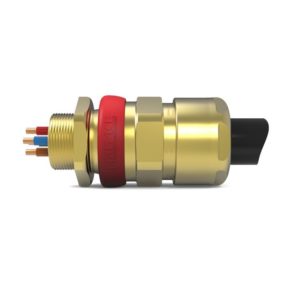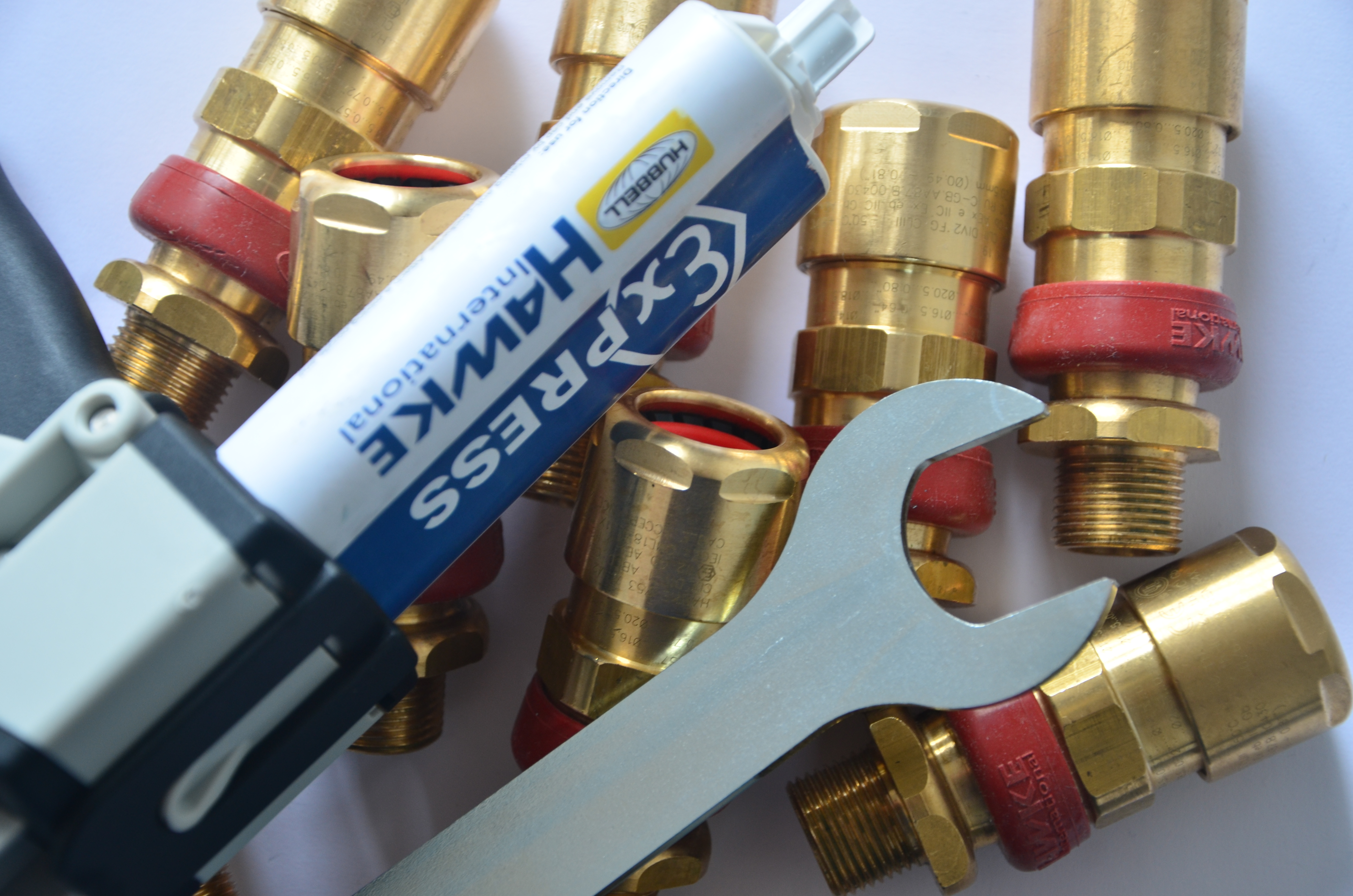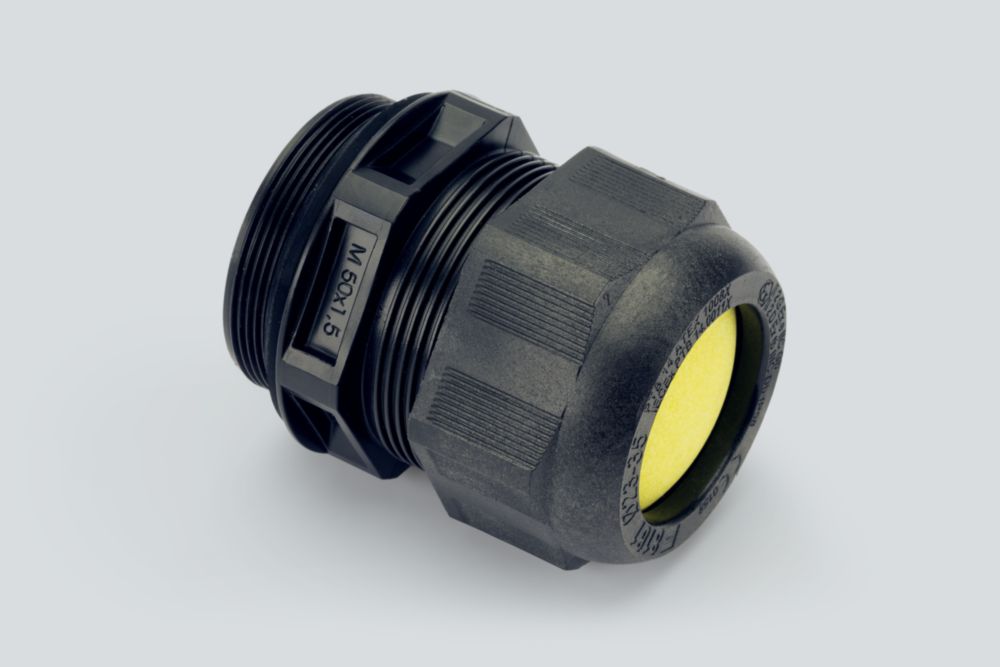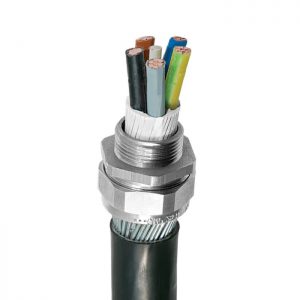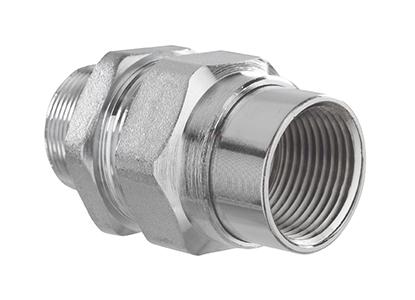Use Of Barrier Cable Glands

Where necessary to prevent the drop in pressure the ingress of combustible gas or vapour by diffusion or to prevent leakage of protective gas wiring systems shall be sealed.
Use of barrier cable glands. Barrier glands are also required for the following equipment. However under the new edition unless the cable is at least 3m in length a barrier gland will be required. Go to capri ade 5f gland for armored cable with anti rotation clamp. The uk committee is unclear as to the justification for this change given that potential failures only arise after multiple ignitions.
Cable glands comply with iec 60079 1 and are certified as equipment cables used comply with 9 3 2 a. We commonly use a barrier gland to seal the cable entry in an ex d box to prevent that flame propagation. Note the use of non barrier glands even in a zone 1 iic environment with the connecting cable lengths exceed the 3 meter rule. New rules barrier gland ex d.
These glands meet the requirements of iec 60079 1 and employ a compound seal or other sealing method around each core to prevent the migration of an explosion from within a piece of flameproof. Capri ade 1fc non armored compound barrier cable gland. The cable entry system shall comply with one of the following. A cable glands sealed with setting compound barrier cable glands b cables and glands meeting all of the following.
With the increased use of unfilled and multicore cables in explosive gas atmospheres the use of barrier glands has become more necessary. Go to capri ade 4f flameproof increased safety armored cable gland. It is sometimes needed for process connected equipment like instrumentation where there is. As you can see from the diagrams above some of traditional applications where you may find the need for the use of barrier glands has changed while other specific applications have not.
Iec 60079 14 mandates the use of barrier glands to be fitted to the unfilled multicore cable especially on ex d equipment and where there is a risk of gas migration through the cable. Ex p pressurized equipment may also necessitate the use of barrier glands. Sealing cables to prevent migration of flammable gas or liquid is not usually needed for general equipment like lights junction boxes motors etc. Previously all junction boxes and indirect entry terminal boxes did not require barrier glands.
Note the use of non barrier glands even in a zone 1 iic environment with the connecting cable.




